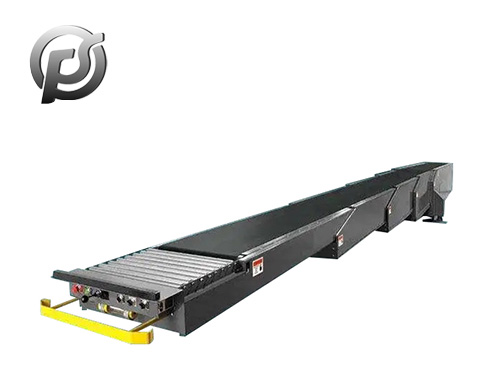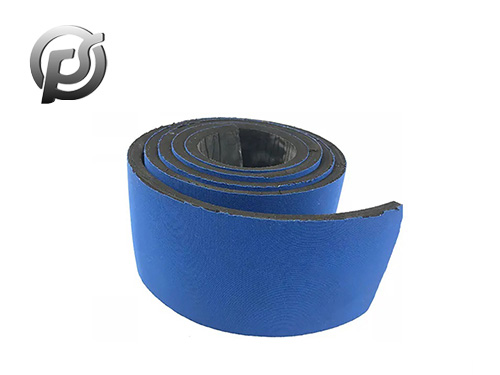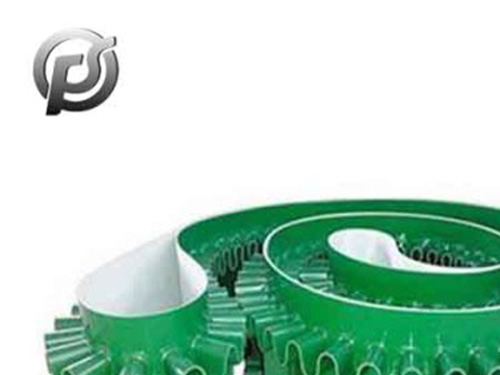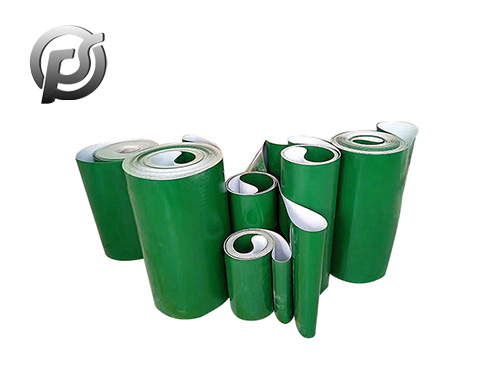Introduction:
The
industrial conveyor belt, an unsung hero in the manufacturing world, has transformed the landscape of production processes. This article explores the evolution, functionality, and widespread applications of industrial conveyor belts, showcasing their indispensable role in enhancing efficiency and productivity across various industries.
Evolution of Industrial Conveyor Belts:
Early Beginnings:
The
concept of conveyor belts dates back to the late 19th century when they were initially designed to transport heavy loads within industrial settings. Simple belt systems powered by hand or steam engines paved the way for more advanced conveyor technologies.
Introduction of Motorized Belts:
The early 20th century witnessed the integration of motorized systems, bringing automation to conveyor belts. This innovation marked a significant leap in efficiency, enabling the seamless movement of materials in factories and warehouses.
Technological Advancements:
Over the decades, technological advancements have led to the development of conveyor belts with enhanced materials, precision controls, and advanced automation. These innovations have revolutionized manufacturing processes, making them faster, more reliable, and adaptable to diverse industries.
Functionality and Components:
Belt Structure:
Industrial conveyor belts typically consist of two or more pulleys with an endless loop of carrying medium—the conveyor belt—rotating around them. The belt can be made of various materials, including rubber, PVC, or metal, depending on the application.
Drive Systems:
Conveyor belts are powered by diverse drive systems, such as electric motors, hydraulic motors, or pulleys connected to an external power source. This ensures a continuous and controlled movement of materials along the conveyor.
Idlers and Rollers:
Idlers and rollers guide and support the conveyor belt, preventing misalignment and facilitating smooth movement. These components play a crucial role in maintaining the stability and efficiency of the conveyor system.
Widespread Applications:
Manufacturing and Assembly Lines:
Conveyor belts are integral to manufacturing and assembly lines, transporting raw materials, components, and finished products. The continuous flow provided by conveyor systems streamlines production, reduces manual labor, and enhances overall efficiency.
Distribution and Logistics:
In warehouses and distribution centers, conveyor belts are used for sorting, packaging, and transporting goods. This accelerates the order fulfillment process and optimizes the management of inventory.
Mining and Heavy Industries:
The mining and heavy industries extensively rely on conveyor belts for the transportation of bulk materials. From coal to minerals, conveyor systems facilitate the movement of materials across vast distances, improving operational efficiency.
Food and Beverage Processing:
Conveyor belts play a critical role in the food and beverage industry, facilitating the movement of ingredients, packaging, and finished products. They adhere to strict hygiene standards and contribute to the overall safety of food processing.
Efficiency and Automation:
Reduced Labor Costs:
The automation provided by industrial conveyor belts significantly reduces the need for manual labor in material handling processes. This leads to cost savings and enhances workplace safety.
Precision and Consistency:
Conveyor systems ensure precise and consistent movement of materials, minimizing errors and variability in manufacturing and distribution processes. This results in higher product quality and customer satisfaction.
Future Trends:
Integration of Robotics:
The future of industrial conveyor belts involves increased integration with robotics. Conveyor systems will work collaboratively with robotic arms to further automate complex manufacturing and assembly tasks.
Smart Conveyor Technologies:
The adoption of smart conveyor technologies, incorporating sensors and data analytics, will enhance the monitoring and maintenance of conveyor systems. Predictive maintenance and real-time performance insights will become integral to operations.
Conclusion:
The industrial conveyor belt stands as a linchpin in the efficiency and automation of modern manufacturing. From its humble beginnings to the current era of advanced technologies, conveyor belts continue to shape the landscape of production across diverse industries. As we look to the future, the evolution of conveyor systems promises even greater integration with smart technologies, ensuring a seamless and efficient journey for materials in the realm of industrial production.


 PE Conveyor Belts: Characteristics, Applications, and Advantages
PE Conveyor Belts: Characteristics, Applications, and Advantages
 Stone Conveyor Belt: Enhancing Efficiency and Productivity in Material Handling
Stone Conveyor Belt: Enhancing Efficiency and Productivity in Material Handling
 Optimizing Operations with PE Conveyor Belts: Durability, Efficiency, and Versatility
Optimizing Operations with PE Conveyor Belts: Durability, Efficiency, and Versatility